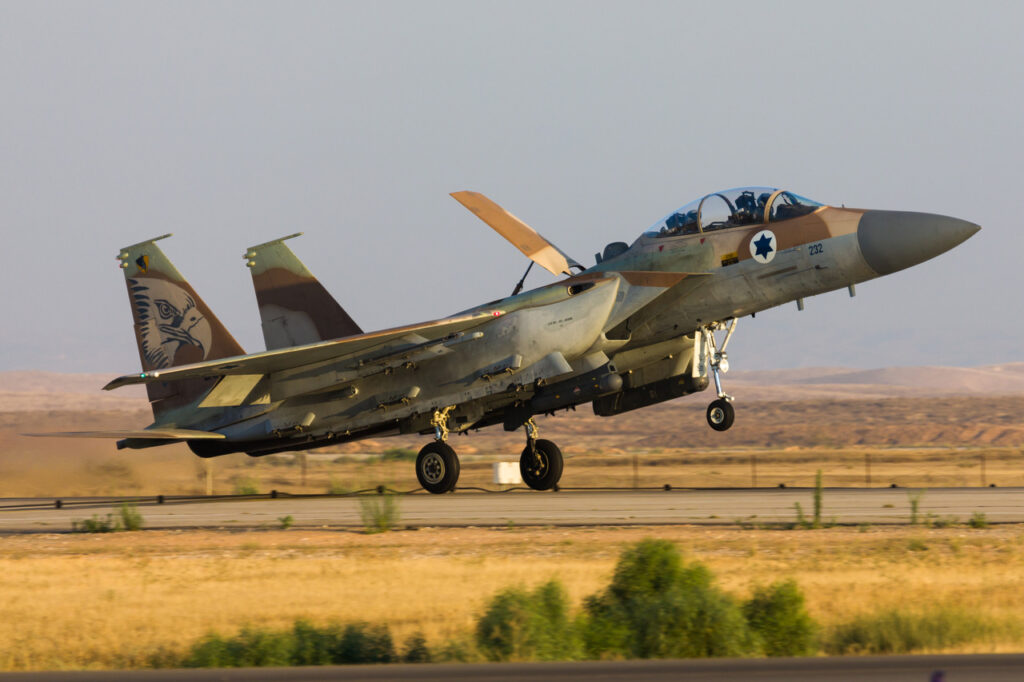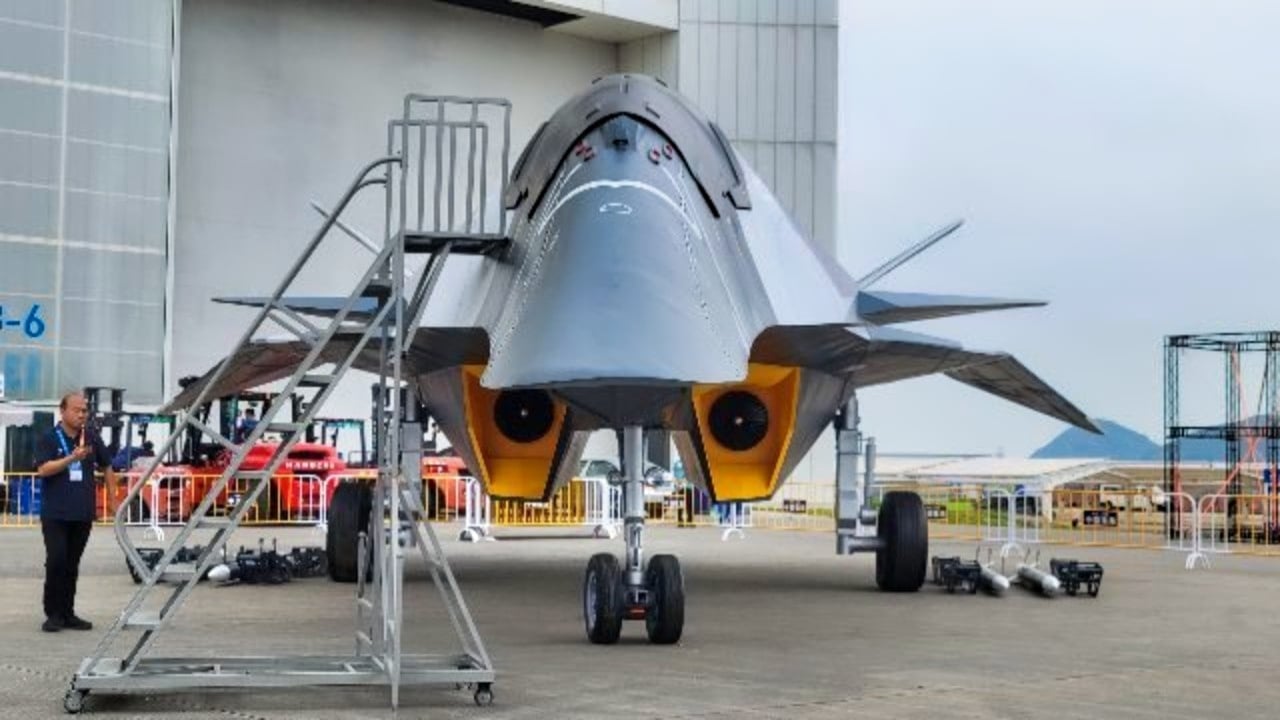
China’s Sixth-Generation ‘White Emperor’ Fighter Explained in 1 Word
Mockup: With U.S.-China tensions escalating, the race for sixth-generation fighter capabilities has intensified. The U.S. Air Force’s Next-Generation Air Dominance (NGAD) program is set to secure air superiority with advanced manned and unmanned components. Meanwhile, China’s PLAAF unveiled its sixth-gen fighter vision, the “White Emperor,” at Zhuhai Airshow.
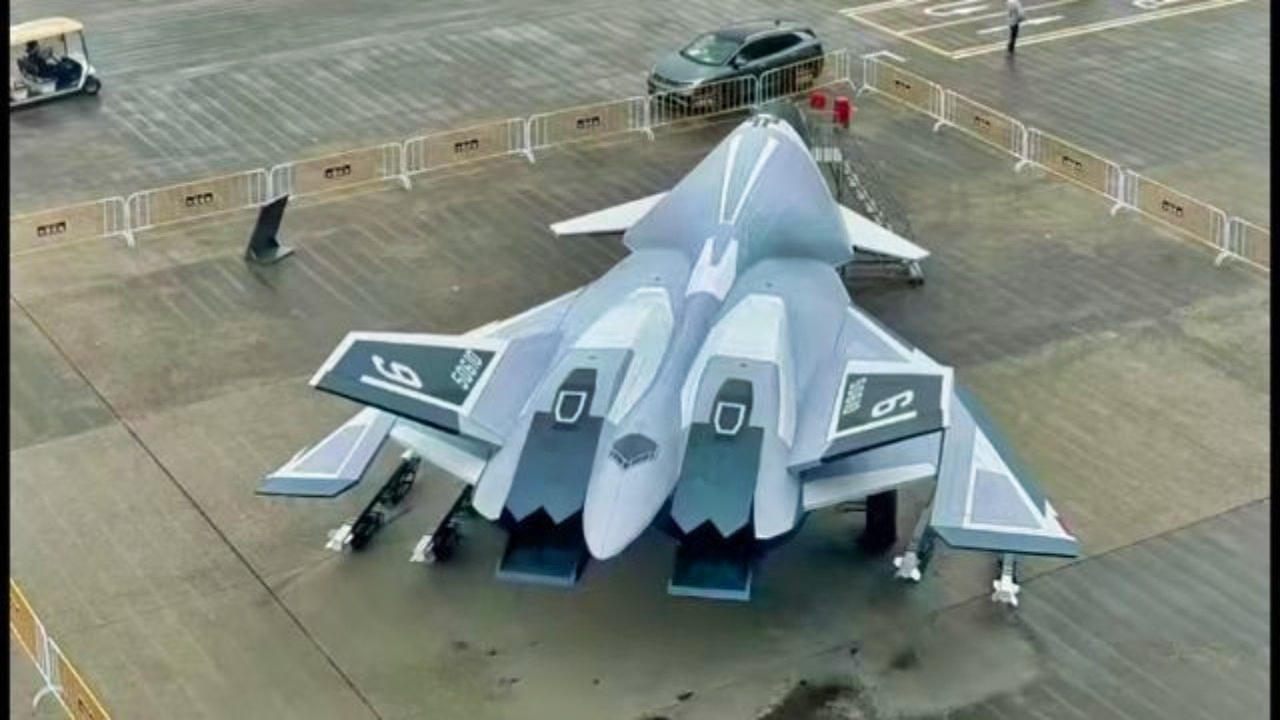
-Designed under “Project Nantianmen,” this aircraft reportedly can break through the Earth’s atmosphere, potentially operating in space.
-Featuring stealth-focused aerodynamic lines and internal missile bases, the White Emperor emphasizes speed and survivability. While NGAD appears closer to deployment, both powers aim to establish dominance in the air and space domains.
-But, at the moment, this new fighter is just a mockup, meaning we do not have a clear sense of what the final fighter will actually look like.
Race for Air Superiority: U.S. NGAD vs. China’s “White Emperor” Fighter
As tensions between Washington and Beijing continue to mount, the race to achieve sixth-generation capabilities first is on. Both countries are developing next-gen cutting-edge airframes to gain air superiority over the other. The U.S. Air Force’s Next-Generation Air Dominance (NGAD) program is expected to dominate the skies when eventually introduced sometime over the next decade.
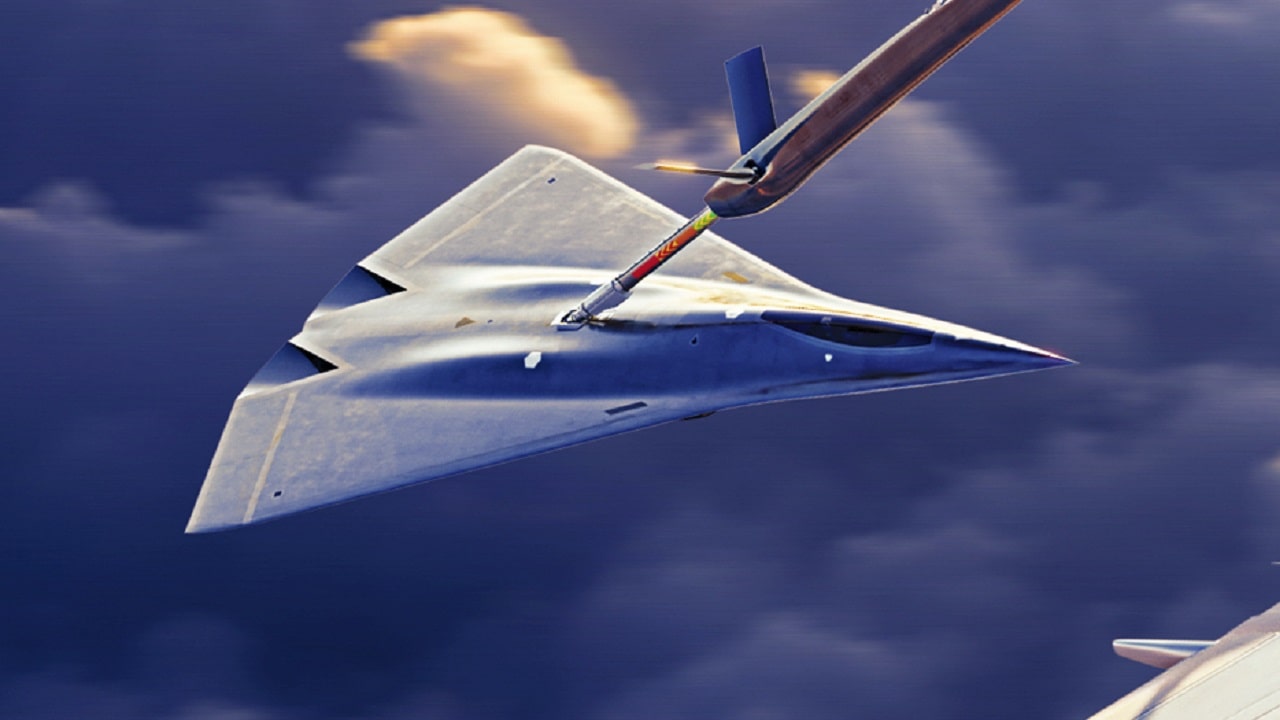
The People’s Liberation Army Air Force (PLAAF) is similarly constructing its new fighter, equipped with emerging technologies designed to counter its top adversary. Beijing recently revealed its sixth-gen fighter vision at the Zhuhai Airshow. Dubbed the “White Emperor,” this impressive platform can allegedly break through the Earth’s atmosphere and operate in space. While the PRC’s claims could be discounted as hyperbolic, China’s rapid military build-up and expansion should remain a top concern for the incoming Trump administration.
What We Know About the “White Emperor”
China’s upcoming fighter platform is expected to serve as the backbone of the nation’s space-air combat project known as “Project Nantianmen.” The sixth-generation aircraft model displayed at the airshow was created by the state-owned aerospace and defense conglomerate The Aviation Industry Corporation of China. “The Baidi, or White Emperor, is a project from the state-owned aerospace and defense conglomerate AVIC to develop what state media has described as an ‘integrated space-air fighter,'” the South China Morning Post reported, citing a Chinese state-run media outlet. “The design concept includes the ability to fly at supersonic speeds and break through the Earth’s atmosphere to operate in space.”
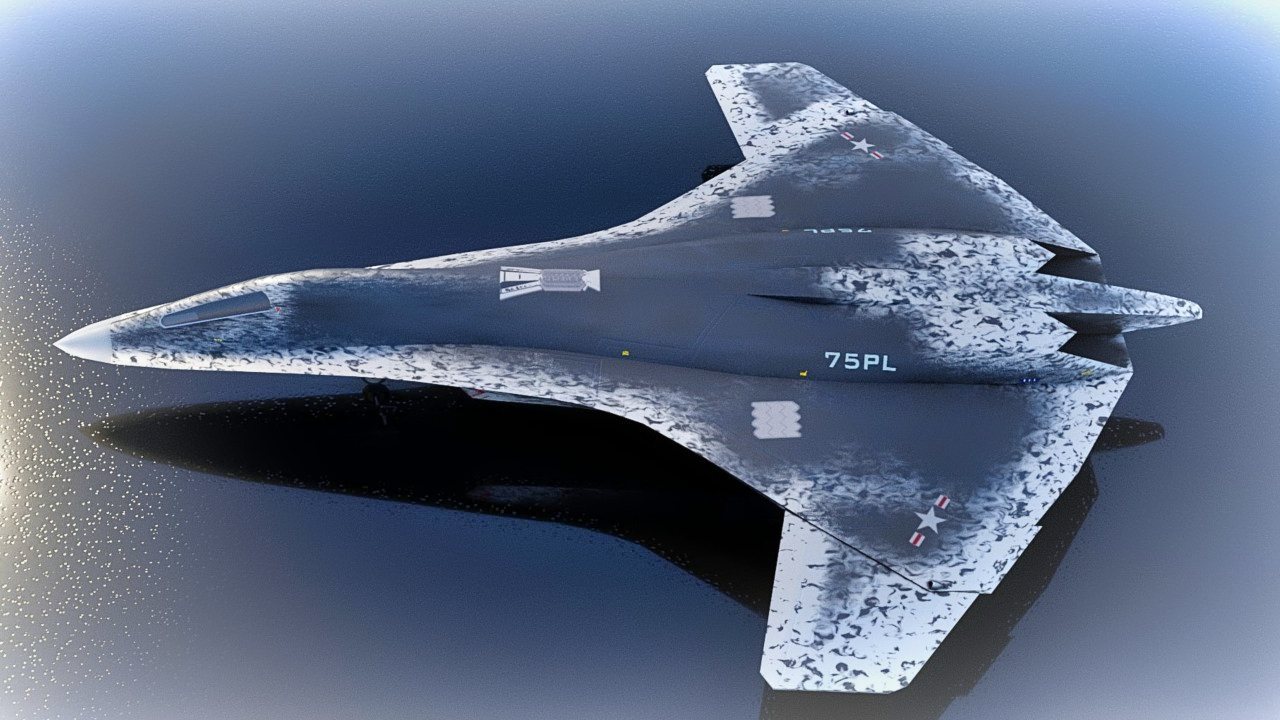
The true extent of the White Emperor’s capabilities remains largely a mystery to the public. However, published imagery and video footage of the platform provide some clues. Specifically, the jet features large internal missile bases that enable it to lug increased ordnance quantities without impacting stealth.
The Bulgarian Military provided a detailed analysis of the jet model, pointing out how its sleek and aerodynamic lines highlight the PLAAF’s prioritization of stealth technology: “The fighter’s pointed, rounded nose is meticulously engineered to slice through the air with minimal turbulence, while its overall shape seamlessly blends into the sky. The aircraft’s cockpit canopy features a dark, multi-sectional design, likely layered to reduce reflective signatures.” Additionally, the platform’s delta-shaped design indicates it was built for speed.
NGAD vs. the White Emperor ‘Mockup’
Similar to the USAF’s NGAD program, the new Chinese fighter will likely feature both manned and unmanned components. As part of NGAD, Collective Combat Aircraft (CCAs) are designed to fly alongside the sixth-gen fighter jet as loyal wingmen drones. Since UAVs are cheaper to produce and more easily expendable in war, the addition of CCAs will in theory bring down the overall price of NGAD.
Earlier this year, Chengdu Aerospace’s chief designer estimated that Beijing could field an operational sixth-gen platform by 2035. For this timeline to come to fruition, the PLAAF would need to introduce a meaningful design by the end of this decade.
While NGAD appears to be further along in its design stage than its Chinese counterpart, the clock is ticking in the race to introduce the world’s first-ever sixth-gen jet.
About the Author:
Maya Carlin, National Security Writer with The National Interest, is an analyst with the Center for Security Policy and a former Anna Sobol Levy Fellow at IDC Herzliya in Israel. She has by-lines in many publications, including The National Interest, Jerusalem Post, and Times of Israel. You can follow her on Twitter: @MayaCarlin. Carlin has over 1,000 articles published over the last several years on various defense issues.
From the Vault
F-35I Adir: Israel Has a Special Stealth Fighter Even America Doesn’t Fly
USS Missouri: The Best Battleship Ever
Image Credit: Creative Commons and/or Shutterstock

